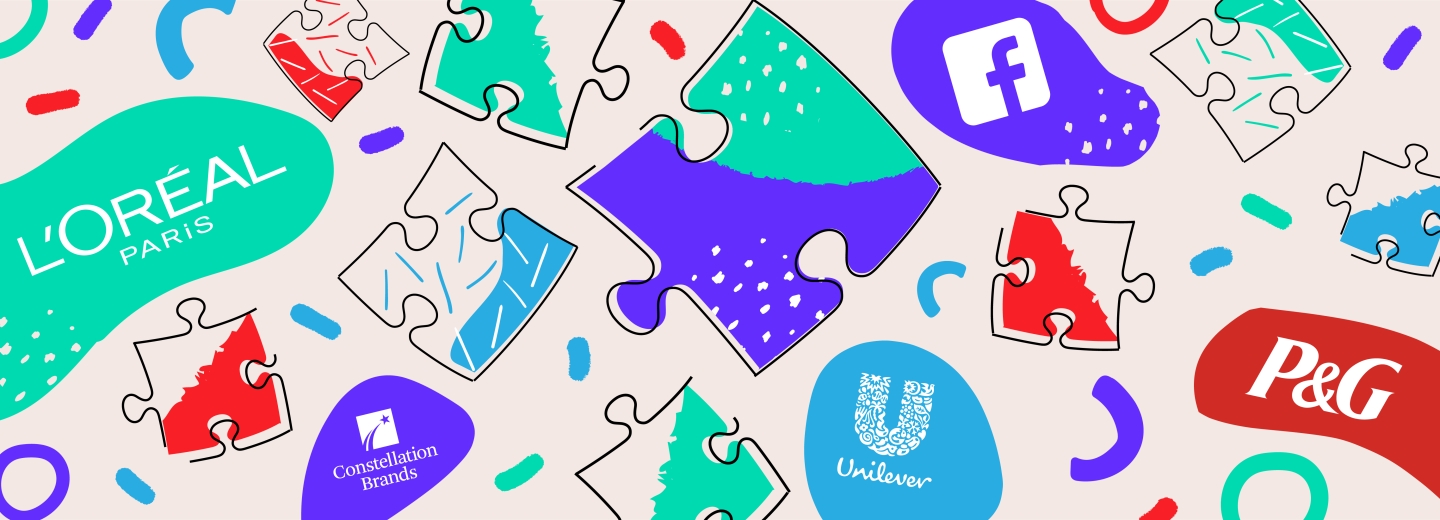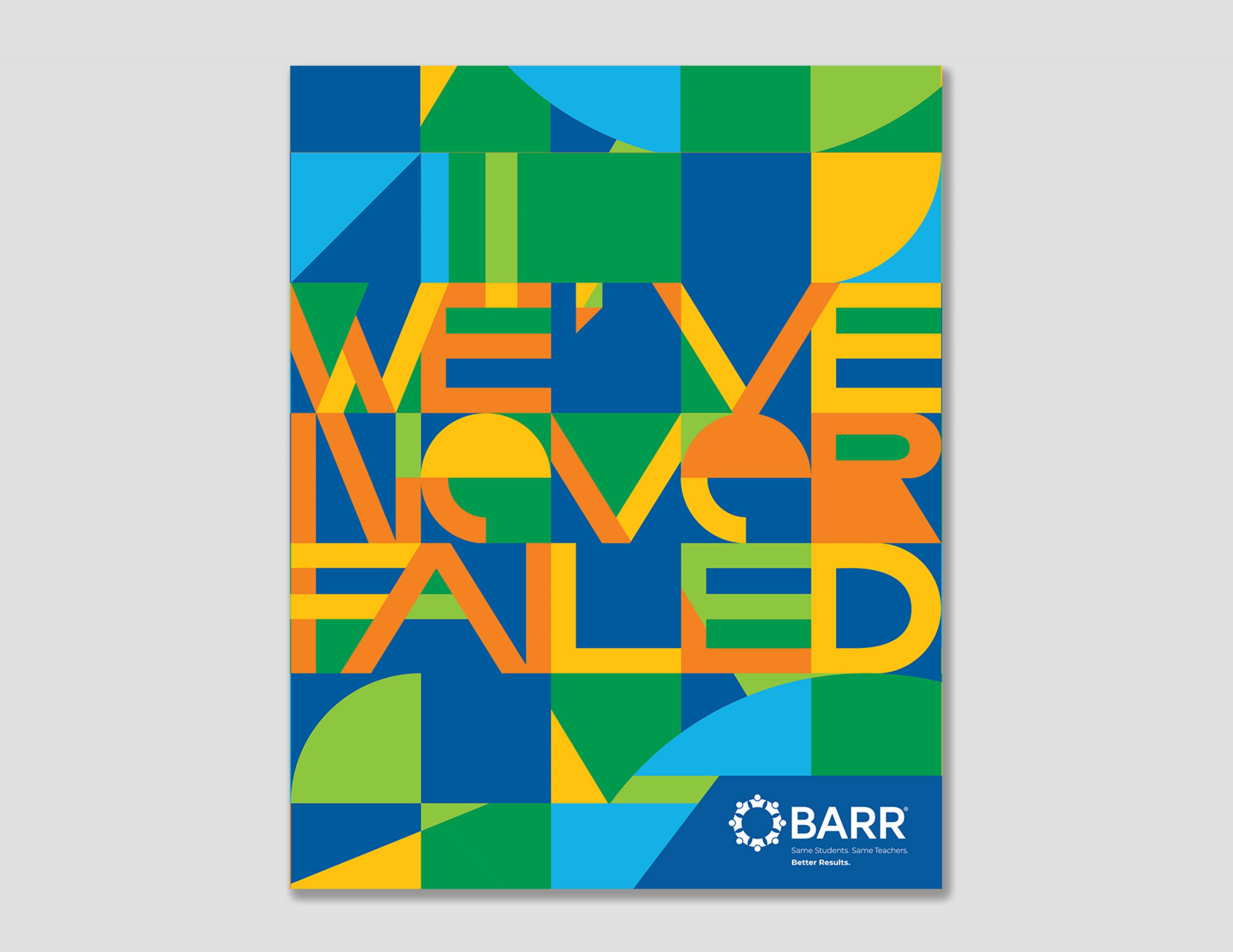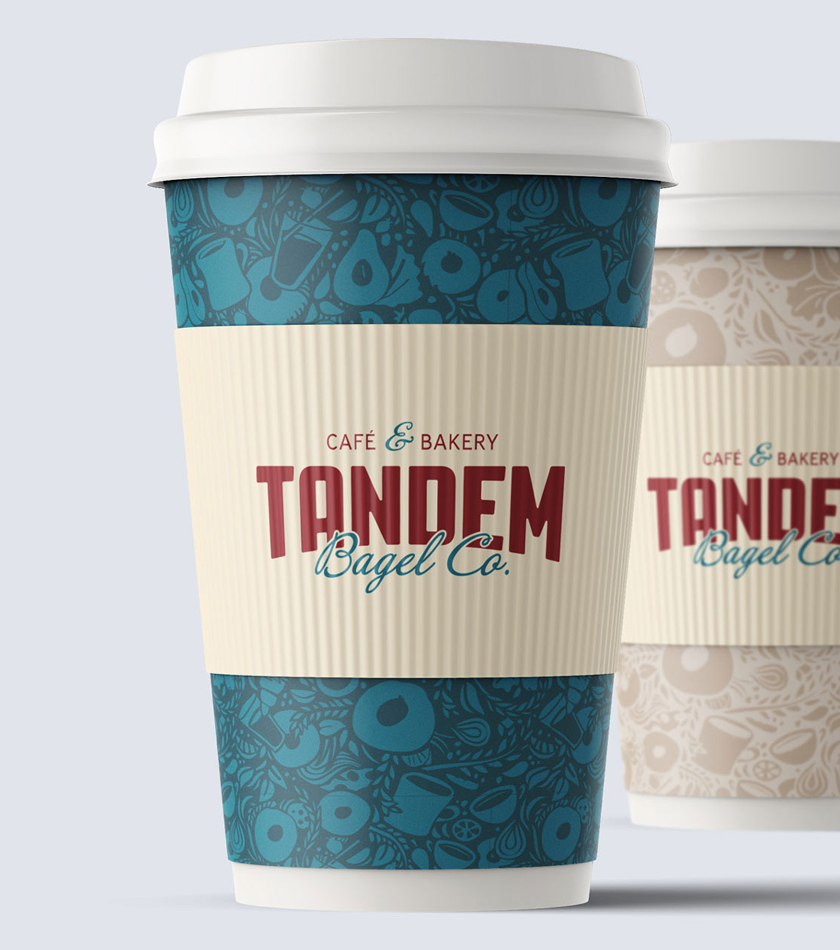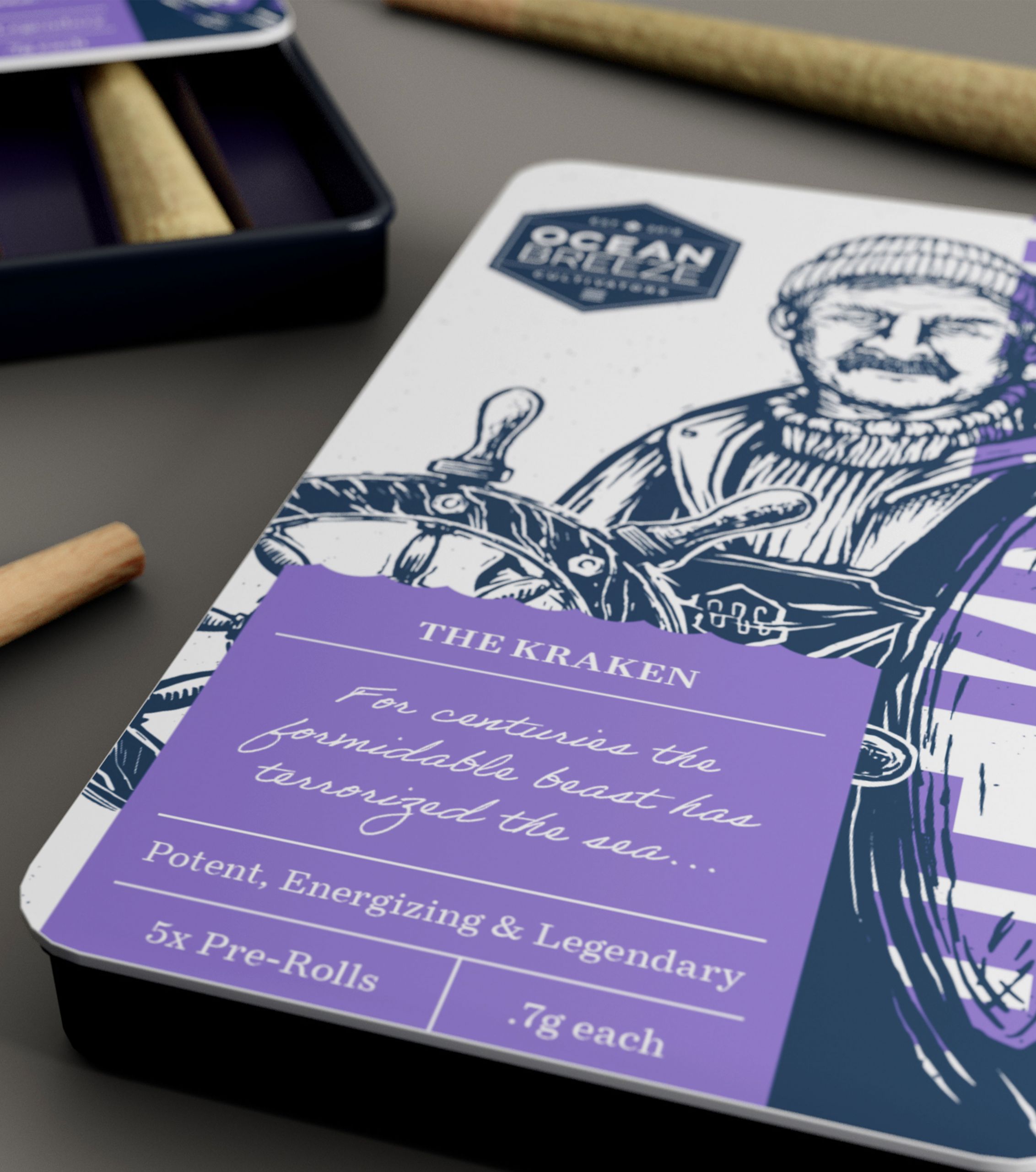Multi-brand marketing — what it is and why it works

Over the years at BRIGADE, we’ve worked with clients of all types. Big companies and small ones. Local organizations and global powerhouses.
While we love working with all of our clients equally (we swear, we have no favorite children), there is a type of organization that we seem to see again and again — and that is one with a multi-brand strategy.
What is a multi-brand strategy?
Great question. When a company moves forward with a multi-brand strategy, they create an umbrella brand that has sub-brands underneath it. There are lots of reasons to have a strategy like this, but generally it’s to target different audiences with:
Varying levels of value (high and low), and
Different brand missions (sustainability vs. transparency)
Different product lines (sportswear vs. loungewear)
There are countless big brands operating with this strategy, but one of the many is Gap, Inc. Gap is, of course, an American clothing and accessories retailer operating around the world. But did you know that Gap, Inc. is actually the parent company of Old Navy, Athleta, and Banana Republic? If you’ve ever shopped online with one of these brands, you’ve likely noticed the brand bar at the top of the screen showing all of the logos side-by-side.
While it’s pretty clear when you go to one of these sites that they’re all connected, they’re not marketed as a family.
According to Gap, Inc. CEO Sonia Syngal, “Old Navy, Gap, Banana Republic and Athleta are each finding ‘new and relevant ways to expand reach and cut through to the consumer,’ capitalizing on what makes them unique rather than being marketed primarily as a family of brands.”
The strategy of owning this collection of brands is pretty clear, and Syngal sums it up perfectly.
Quoted in a story on pymnts.com, Syngal said, “We’re extending our customer reach across every age, body, and occasion from value to premium through category expansion and new addressable markets.”
So there you have it. In the case of this family of brands, they’re covering all of their bases. If one brand isn’t right for a consumer, chances are good there’s another brand in the family they can turn to.
In the last decade, the team at BRIGADE has worked with multiple companies with a multi-brand strategy, including Wyndham Hotels and Resorts and Constellation Brands.
Working with Wyndham, we’ve had the experience of helping a global powerhouse maintain consistency across their many hotel brands while also keeping each one special and differentiated. It’s a tough balance, made easier by the fact that they value the same things we do — collaboration, consistency, and world class design.
For Constellation, we work as their retail partner, and sit on inter-agency teams (IATs) to ensure consistency at every touchpoint.
Are you embarking on a multi-brand strategy for your business? Does your existing family of brands need help with design and messaging consistency? Get in touch. We consider this one of our specialties.


